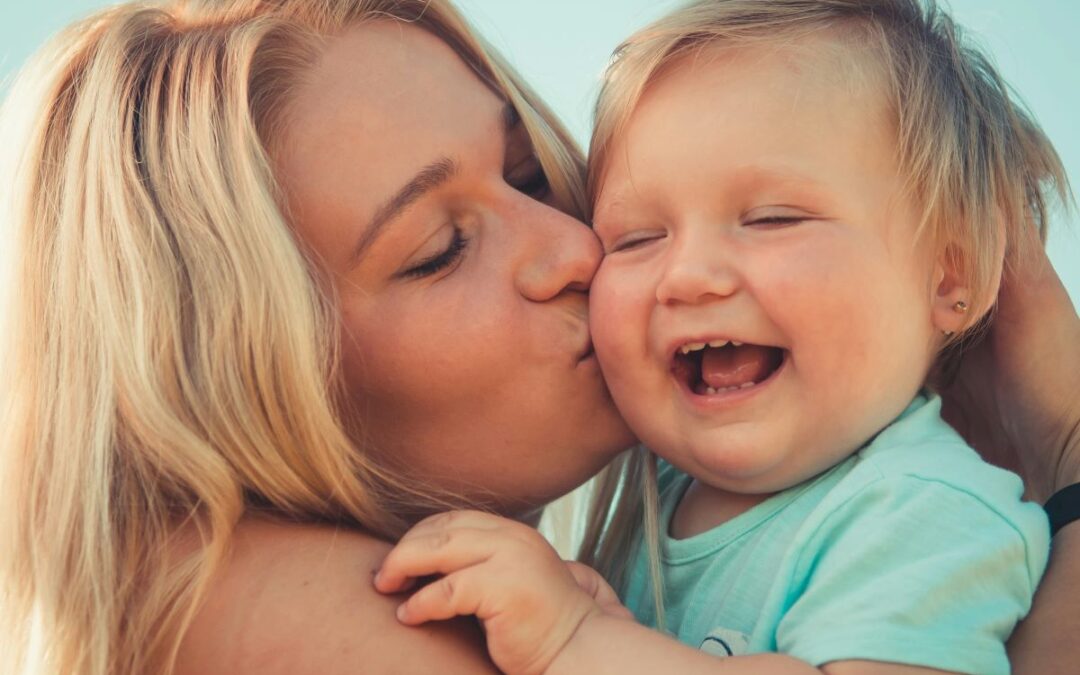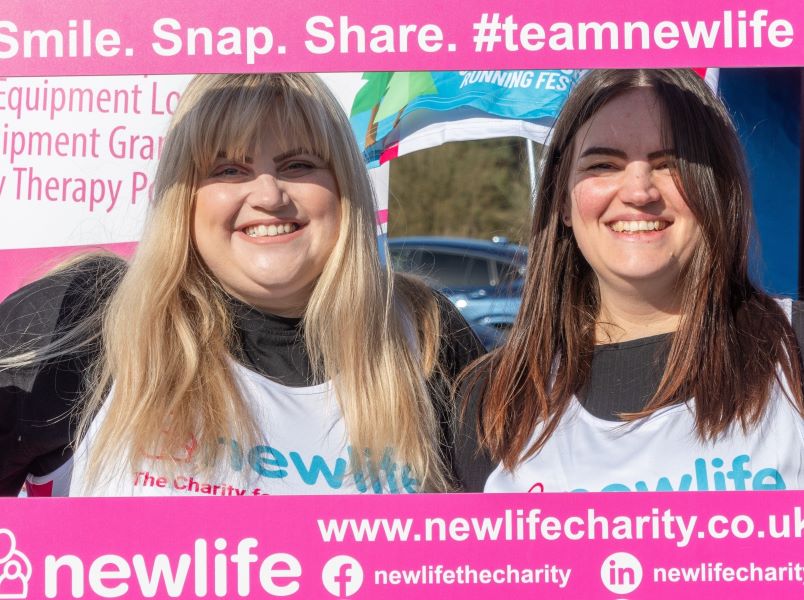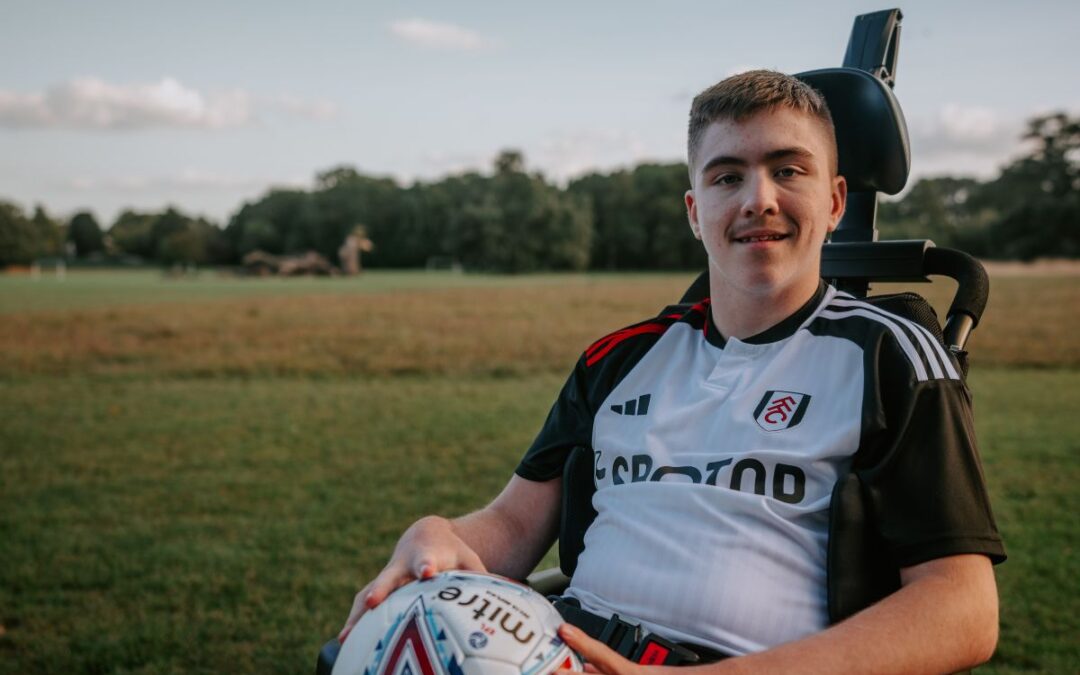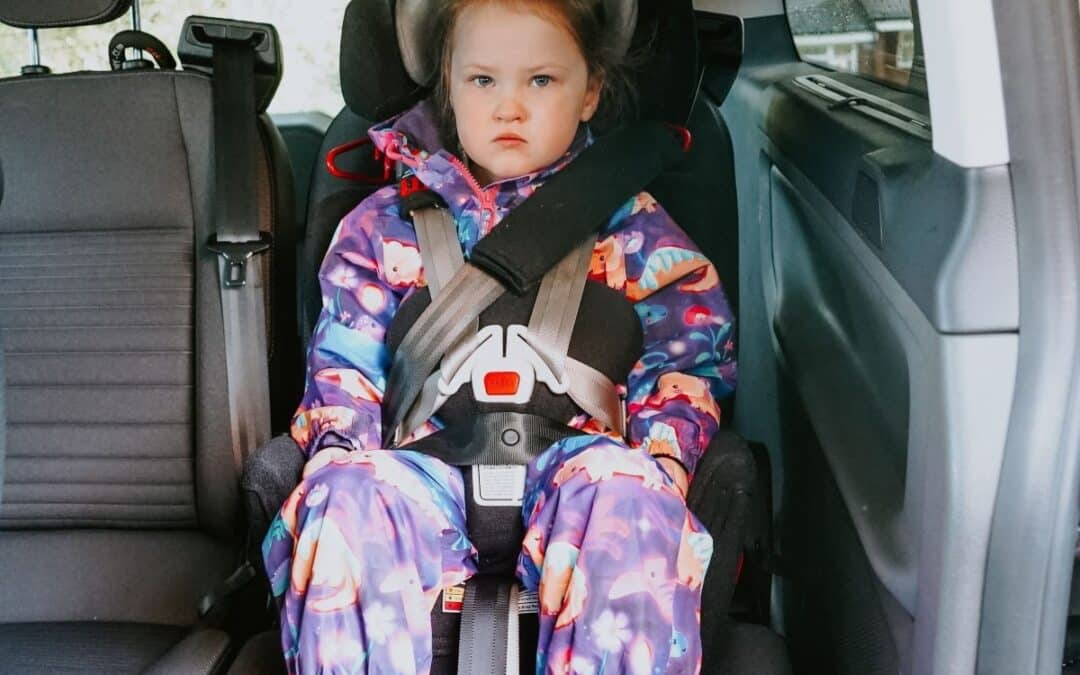
Invisible disabilities can be hard enough for adults to navigate and raise a whole host of issues, but for children they can prove particularly isolating. This year Invisible Disabilities Week falls between October 15 – 21, shining a light on how a child and their family can make life a little easier.
Typical outward symbols of disabilities are wheelchairs, but while a child may look fine, it doesn’t mean that they are. Heart conditions, kidney disease, Autism, chronic lung disease, cancers, chronic pain, epilepsy, brain injuries . . . the list goes on. And many of these conditions mean that health and abilities may fluctuate, even on a daily basis, which can be hard for people unfamiliar with invisible disabilities to understand.
You can help your child by:
- Educating and reminding the adults they spend time with on a regular basis about their condition and how they can be best help them while they are with them. This is especially important at large schools, when it can be easier for invisible disabilities to go unrecognised or forgotten – precisely because there are no visual reminders. Include any formal or informal adaptations or modifications you are necessary for your child. For more help with raising awareness of invisible conditions at your child school click here to visit RAiISE
- Raise awareness in general about your child’s condition – this could vary from sending links to informative website or videos to people such as family members, teachers, coaches, babysitters or parents of their friends, to holding an informal presentation at school so you and your child can explain to the class what the realities are of living with an invisible condition and how they can best help them.
- Teach your child how to advocate for themselves from an early age. If they can explain what their condition means in basic terms to friends, they will be able to receive the understanding they need from their peers.
You can also empower yourself and your child by researching their condition so they can talk confidently about it if they wish to and finding out what support groups there are for you locally and nationally. Not only can this help you feel less alone, joining a support group can also be a great way to pick up other hacks, tips and tricks to make life easier for your child.
In the UK the sunflower has become the symbol of hidden disabilities and is a discreet way to indicate your child may need some extra help, as well as encourage inclusivity, acceptance and understanding. There is help available, as well as wearables such as lanyards and cards you can receive, all via the website here.
Some councils will also issue a hidden disabilities card and will require proof of the condition. If you aren’t sure which local council you fall under or how to contact them you can find this information here at the Government website.




